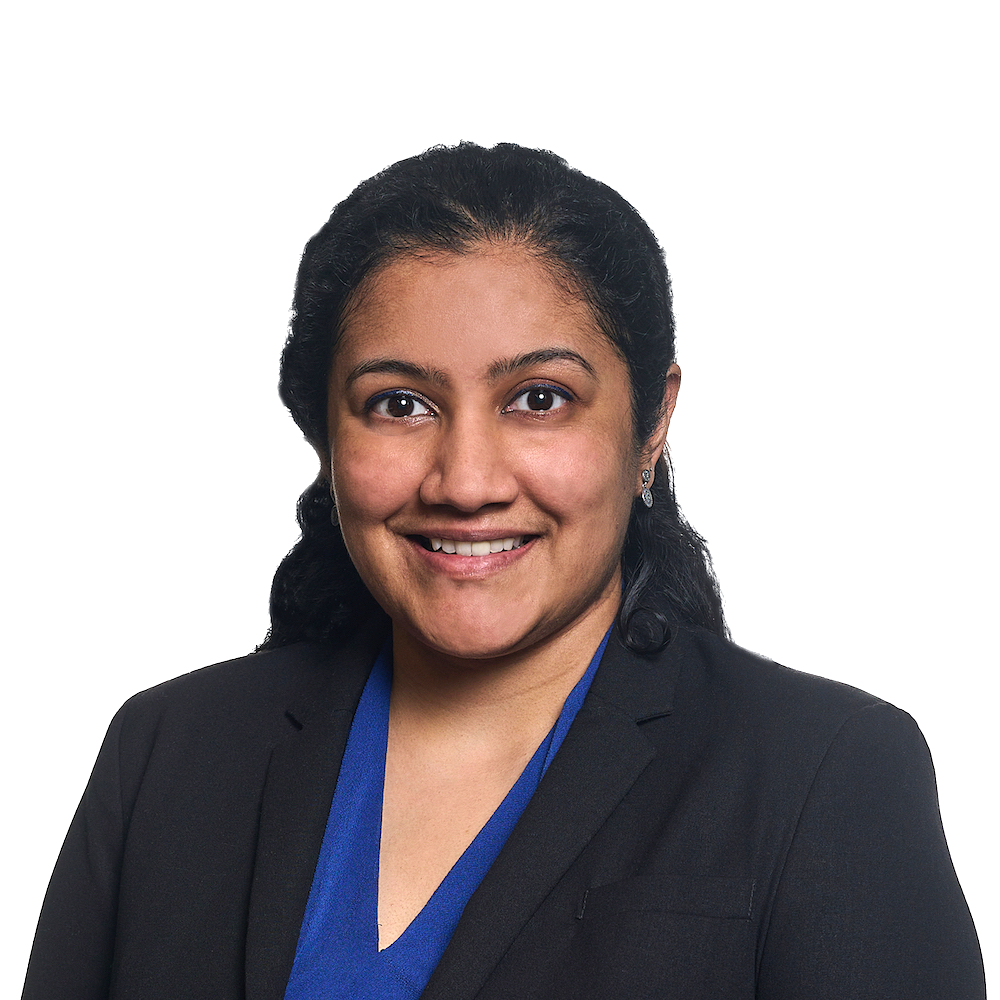Last month, Colombian President Gustavo Petro’s ambitious proposed health reform was rejected by the country’s Senate committee, sparking further debate on the future of healthcare reform across the Latin America and Caribbean (LAC) region.
One possible avenue to addressing issues around healthcare provision could be by using public and philanthropic resources to mobilize greater private sector investment in the sector through blended finance structures.
Currently the government reports to owe about 2 trillion pesos ($511.7 million) to healthcare providers, however providers themselves report that figure is significantly higher, at around 10 trillion pesos. Critics argue that the operational inefficiencies causing these payment delays would not be reduced by increasing centralization and that it would only increase economic strain on providers.
Improving rural access to healthcare centres while retaining patient choice and autonomy is another common challenge facing healthcare reform in the region. The COVID-19 pandemic further exposed gaps and shortcomings of the healthcare sector and amplified the need for new solutions, innovations, and increased healthcare capacity and infrastructure.
Issues of healthcare accessibility, rural and last-mile provision, efficient use of scarce public resources, and the involvement of the private sector can be targeted and addressed through blended finance structures.
Blended finance is the use of catalytic capital from public or philanthropic sources to increase private sector investment in sustainable development. Blended finance has mobilized over $200 billion to-date, based on data from Convergence—the global network for blended finance, and there are a myriad of ways to use it to address healthcare accessibility, particularly in rural or underserved markets.
Countries such as Canada, Japan, Australia, and Tanzania are experimenting with different ways to attract physicians and medical providers to rural areas. Scholarships tied to rural contracts and rural rotations during training, have both shown promising early results. Other methods use concessional or public capital to attract private sector investment towards the provision of care.
Impact bonds have shown promise in incorporating features of results-based grant funding, public private partnerships, and blended finance approaches, while attracting private sector impact investors to fund social and development programs in the healthcare sector. According to Convergence data, blended health transactions most often include concessional debt or equity (67% of transactions), while design-stage grants account for a higher proportion of health transactions than the overall market (18% vs 12% of all transactions).
Sub-Saharan Africa continues to lead globally in blended finance for health. Examples such as Medical Credit Fund, Access Afya, and Cameroon Cataract Bond, all improve access, outcomes, and affordability for underserved populations through vehicles such as funds, companies, and bonds.
India is home to several blended finance deals in healthcare. Examples such as SAMRIDH, SDG Outcomes Fund, and the Utkrisht and Rajasthan impact bonds pursue similar goals.
In the LAC region there is a growing body of inspiration: Novulis is a for-profit social enterprise dedicated to delivering dental services to the working poor in Ecuador through mobile clinics. Together with Roots of Impact, Novulis structured a Social Impact Incentive (SIINC) to grow its operations and expand impact for the rural poor, particularly children and youth. Another SIINC example is Clínicas del Azúcar, a network of clinics that provide specialized diabetes care to low-income populations in Mexico, who also received technical assistance funding from the Inter-American Development Bank (IDB). Finally, the Deutsche Bank Eye Fund provides affordable loan financing for sustainable eye care programs in developing countries, including Latin America. The fund supports the development of sustainable and accessible eye care for the world's poor while providing a near-market return for investors and post-investment technical assistance for borrowers.
As healthcare reformers continue to reshape Colombia’s healthcare landscape, an activity being mirrored across the LAC region, blended finance could be a powerful tool to address market apprehension while expanding developmental impact in the space.

